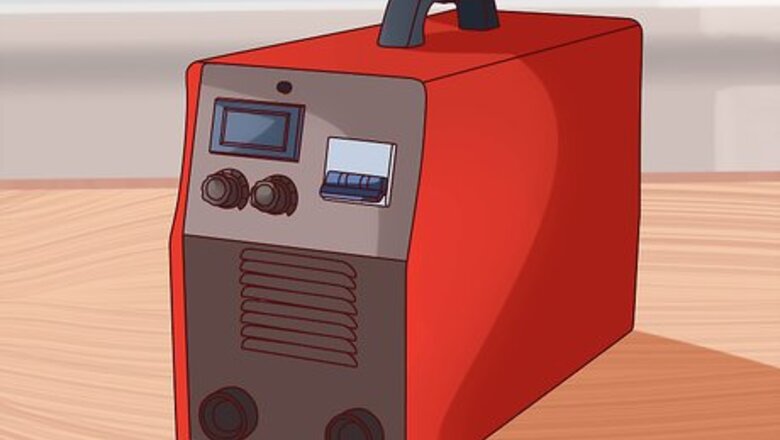
views
X
Research source
Choose Equipment and Materials
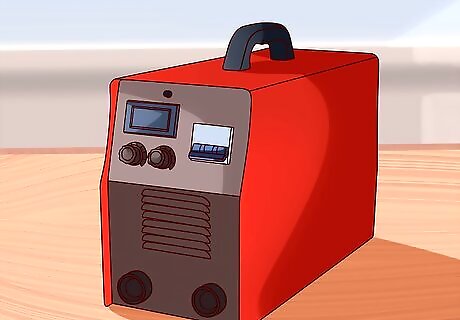
Select more powerful welding machines for thicker metal. A 115-volt welder can handle aluminum up to an eighth of an inch thick (3 mm) with adequate preheating, and a 230-volt machine can weld aluminum that's up to a quarter of an inch thick (6 mm). Consider a machine with an output greater than 200 amps if you will be welding aluminum daily.
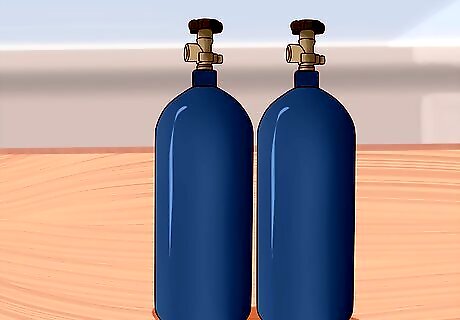
Choose the correct shielding gas. Aluminum requires a shielding gas of pure argon in contrast with steel, which typically uses a blend of argon and carbon dioxide (CO2). This should not require any new hoses, although you may need to replace regulators that were designed specifically for CO2.
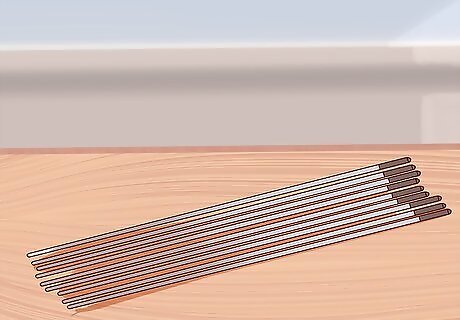
Use aluminum electrodes. Electrode thickness is especially critical with aluminum and there is an extremely narrow range to consider. Thinner wire is more difficult to feed, while thicker wire requires greater current to melt. The electrodes for welding aluminum should be .035 of an inch in diameter (less than 1 mm). One of the best choices is 4043 aluminum. A harder alloy like 5356 aluminum is easier to feed, but will require more current.
Use Correct Technique
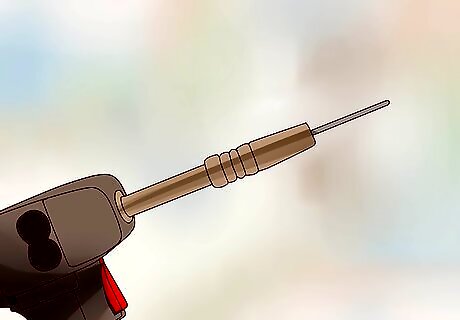
Feed the electrodes with an aluminum feeding kit. These kits are commercially available and will allow you to feed softer aluminum wire with the following features: Larger holes on the contact tips. Aluminum expands more than steel as it’s heated. This means the contact tips will need larger holes than the ones used for steel wire of the same size. However, the holes should still be small enough to provide good electrical contact. U-shaped drive rolls. Aluminum feeders should use drive rolls that won’t shave aluminum wire. The inlet and outlet guides for these feeders shouldn’t shave the softer aluminum wire. In contrast, steel feeders use V-shaped drive rolls, which are specifically designed to shave the wire. Non-metallic liners, which will further reduce the friction on the wire as it goes through the feeder.
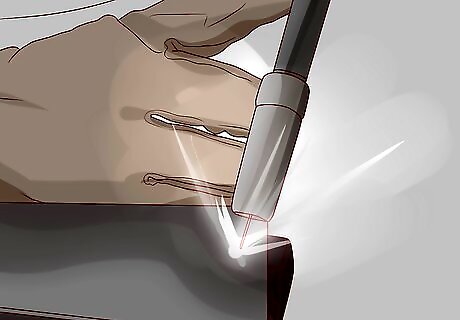
Keep the gun cable as straight as possible so the wire feeds properly. Softer wire is more prone to kinks due to feeding restrictions.



















Comments
0 comment